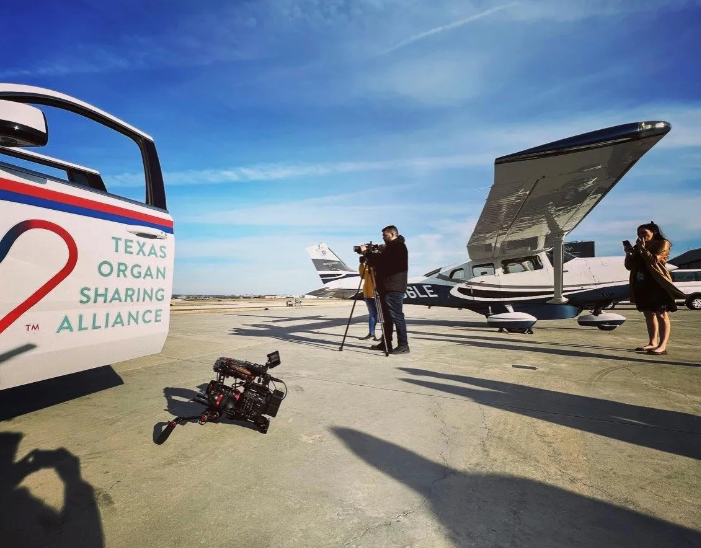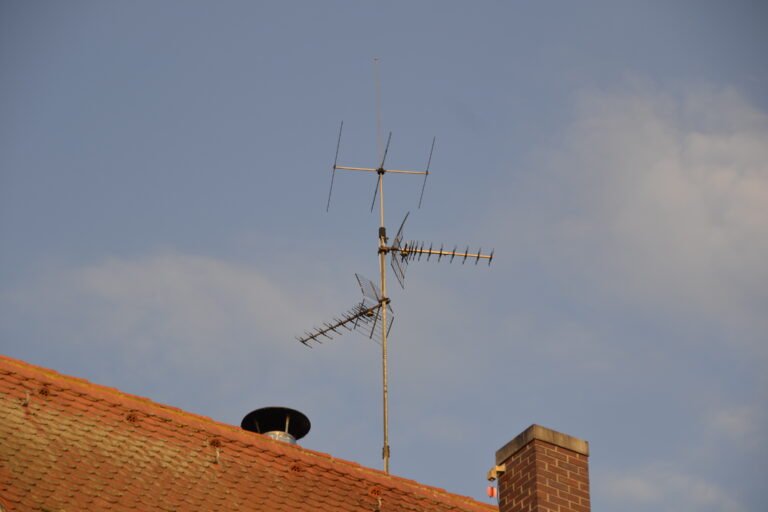The Utilization of Drones for the Transportation of Vital Organs Across Urban Landscapes
In a recent groundbreaking trial, the utilization of a drone to facilitate organ transportation across Texas and Oklahoma significantly slashed travel durations by more than fifty percent. This milestone aligns closely with the consortium’s overarching mission, envisioning the imminent deployment of this technology to substantially augment life-saving efforts.
Dubbed as the “drone,” this aircraft, an optionally piloted Cessna, is currently undergoing experimental phases. Designed as a lightweight, single-engine piston aircraft, its primary function lies in its capability to transport up to 400 lbs of cargo, which includes vital donated organs.
During the initial phase of the test conducted on November 15th, the drone embarked on its journey from the Reese Technology Center at Texas Tech University in Lubbock. Loaded with a kidney, liver, pancreas, as well as blood and tissue, it traversed a distance of 350 miles to reach Oklahoma City.
In the next leg of the test, the drone traveled 471 miles to the San Antonio International Airport. It then returned to the Reese Technology Center.
The flight was operated from Dallas using robotic technology, marking the first time donated organs were transported that far by a drone. Per Federal Aviation Administration (FAA) regulations, a pilot was on board as a precaution for safety and security, though the plane was flown entirely by technology.
“I haven’t been privy to anything that went wrong. We were tracking the flight. We did notice slight delays depending on wind changes,” said Clara Guerrero, director of communications for the Texas Organ Sharing Alliance. “The only variants I saw is that we were maybe 10 minutes off schedule.”
The goal of the experiment was to determine whether drone technology would provide a quicker and more efficient way to transport donated organs, which must be delivered to a recipient as quickly as possible, to patients who need them.
Hearts and lungs must be transplanted within eight hours, livers within 12 hours and kidneys within 36 hours, said Guerrero.
“You’re saving hours. What that also means is the organ is more viable,” Guerrero said. “That person, they don’t have to wait so long for the organ to arrive. We’re saving lives faster and sooner.”
follow the CEO of Darkhive generously imparts invaluable insights to startups in San Antonio.







